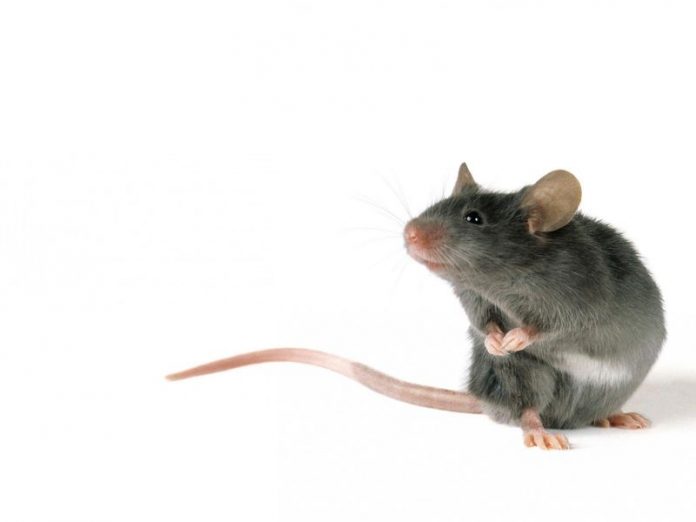Singing mice from the cloud forests of Costa Rica could help us better understand how our brains handle speech.
The male Alston’s singing mouse (Scotinomys teguina) is quite the skillful bard. These tiny mammals can produce songs from a repertoire of almost one hundred audible noises and a host of sounds we can’t even perceive. There’s also surprising structure to their musical interactions — much like humans engaged in conversation, the mice challenge their competitors by singing in turn, a new paper explains.
The brains of these mice can help us understand the brain mechanisms that underpin our own ability to converse with one another. We tend to take this ability pretty much for granted, but it’s nowhere near widespread in nature, the paper notes. Standard laboratory mice, for example, produce ultrasonic sounds without evident timing of exchanges.
I talk, then you talk, and that’s our, communication hack
“Our work directly demonstrates that a brain region called the motor cortex is needed for both these mice and for humans to vocally interact,” says senior study author Michael Long, PhD, an associate professor of neuroscience at the New York University (NYU) School of Medicine.
Evolution has separated the duties of sound production and control circuits (i.e. those that handle the timing of replies) in the brains of singing mice, the team reports. This is similar to what is seen in crickets, some species of birds, and “possibly human discussion”, adds study co-first author Arkarup Banerjee, a post-doctoral researcher in Long’s lab.
The findings are based on electromyography measurements which the team performed on singing mice, meant to determine the relationship between different brain centers and muscular contractions. The readings were performed on two mice which coordinated their responses.
It’s an exciting find, the team adds, as we simply don’t have suitable mammalian models for the study of back-and-forth communication in the wild. A lot of animals engage in vocalization, sure, but their communication is more similar to a chatroom where everybody is talking at the same time than a balanced conversation. Up to now, they explain, the most reliable animal model neuroscientists could use to study vocal exchanges was the marmoset (family Callitrichidae), but it, too, came with significant limitations: their conversational turns are very slow compared to human speech, and unlikely to result from the fast muscle response to sensory cues, the team notes.
And no hard feelings, marmosets, but that just doesn’t cut it:
“We need to understand how our brains generate verbal replies instantly using nearly a hundred muscles if we are to design new treatments for the many Americans for whom this process has failed, often because of diseases such as autism or traumatic events, like stroke,” says Long.
The team found that the brains of singing mice come equipped with specialized areas that control how their muscles create specific notes. Separate circuits in the motor cortex enable the fast starts and stops that form a conversation between vocal partners. The former areas allow these mice to create the actual sounds, while the latter control their timing to prevent a cacophony.
Mice’s songs also change in social situations as individuals “bend and break the songs” to converse. They also report finding a functional “hotspot” in the side of the front of the motor cortex — the orofacial motor cortex or OMC — that regulates song timing.
In the future, the team plans to apply the mouse model to guide similar exploration of human speech circuits. They hope that understanding how two brains engage in conversations can help us identify what goes wrong in the context of disorders that interfere with communication, and even finding cures.
The paper ” Motor cortical control of vocal interaction in neotropical singing mice” has been published in the journal Science.








